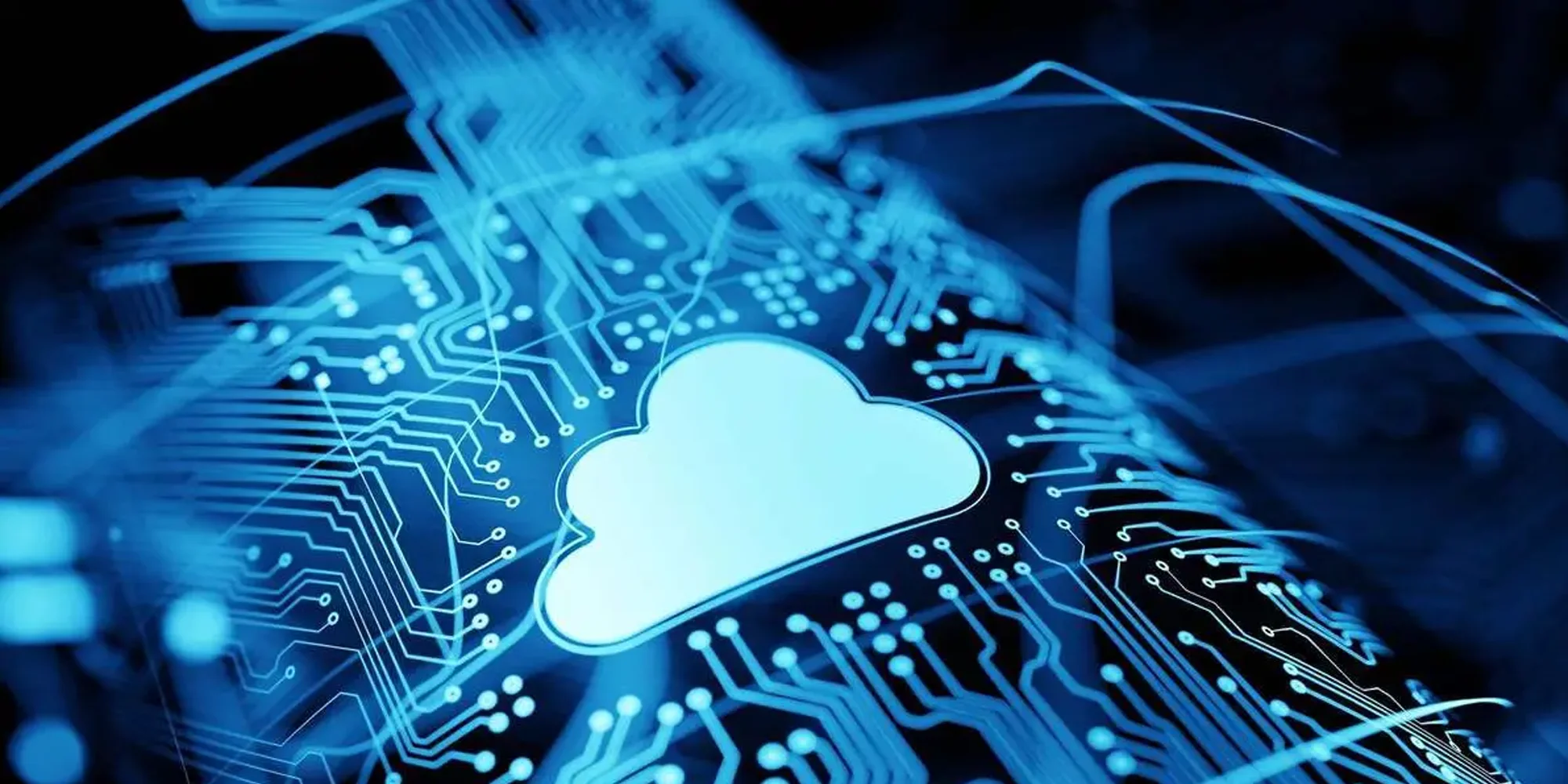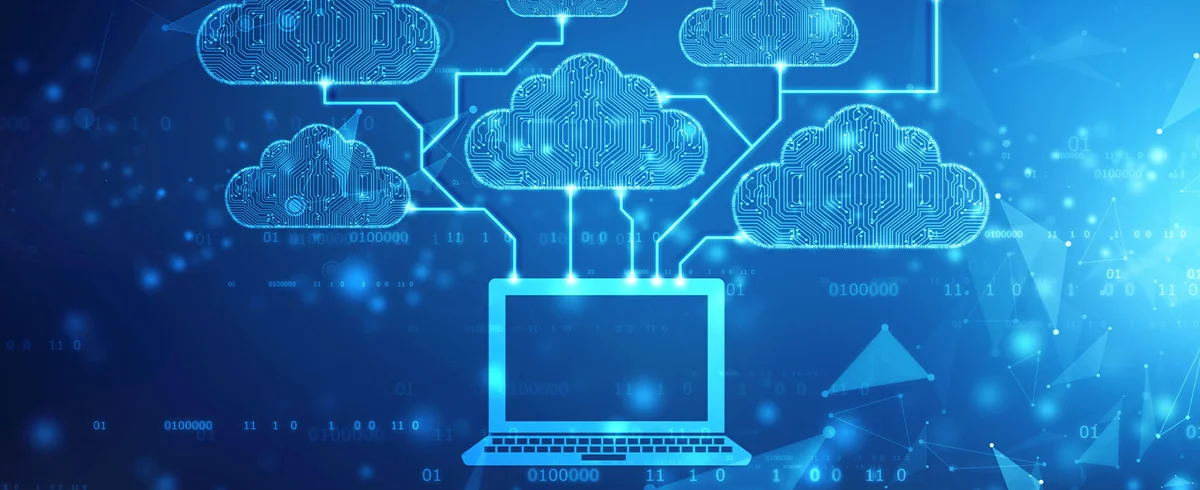Necessary Always Active
Necessary cookies are required to enable the basic features of this site, such as providing secure log-in or adjusting your consent preferences. These cookies do not store any personally identifiable data.
|
||||||
|
||||||
|
||||||
|

Cloud computing is developing rapidly, it is moving at a pace that is maddening to follow and impossible to predict. In the preceding years, cloud computing has received a steady rise in investment due to several opportunities it offered for business growth. Cloud computing technology saw unexpected innovation and business media all through 2019 as the cloud segment has been developing quickly.
This year will continue to be a platform for emerging technologies such as artificial intelligence (AI), Internet-of-Things (IoT), and blockchain. Cloud computing is expected to dominate the market. In 2020, we can expect to see the following cloud computing trends that will shape up computing:
Serverless computing has observed an increase in popularity as an extensive improvement. This is attributed to the rising need for conventional innovation to go serverless for advancements. It redistributes the whole foundation by separating the beginning and end apart from the application.
For example, pay as you go system is a serverless model that has a conventional structure. Such programs are flexible and enable organizations to have more command over their expenses in cloud hosting.
By the end of 2020, the number of devices connected to IP networks will be more than three times the global population, according to a survey by Cisco. Furthermore, a study by McKinsey claims that every second about 127 IoT devices connect to the internet. Companies have experienced a great impact on how data centers are built.

Hence, they require smaller data centers at the edge which are placed closer to the data generation unit is located, giving rise to edge computing. Additionally, research form Gartner states that by 2025, around 75% of enterprise data will be created and stored at the edge. According to the IDC FutureScape report, by 2022, to deliver digital services to local users and things as much as 40% of enterprises will double their IT spending in edge locations and nearby co-location facilities versus core data centers.
According to Gartner’s prediction, by the year 2020, 75% of enterprises will have a multi-cloud or hybrid cloud model. Hybrid cloud will continue to be more preferred as its deployment will provide enterprises with more flexibility by multiple cloud providers.
According to another research report by MarketsandMarkets, demand for hybrid cloud will mostly be driven by factors such as scalability, cost efficiency, agility, and security. Furthermore, the hybrid cloud provides economic security while delivering a message to the sensitive information of businesses.
In the digital age, instant consumption has led businesses to operate at a hectic speed. They need their IT systems to deliver services at a pace than any traditional system. They also need an IT infrastructure that can scale at a quick pace to provision increased demand. This need for business in the digital age is leading to the demand for hyper-scale data centers.
The hyper-scale data center can scale exponentially and rapidly to respond to increasingly heavy demand. In a research report by Markets&Markets, they have estimated that the hyper-scale data center market will rise at a CAGR of 26.32% between 2017-22.
Furthermore, the modularity of hyper-scale data centers will lead data center operators to replace individual physical components, giving enterprises extreme flexibility in scaling at the physical level.
The developments in technology will not be limited to the workforce but the desires for new employees. By the end of 2020, there are predictions that individuals joining the workforce will be more proficient in the cloud and its benefits. Such individuals or digital natives will be able to produce thoughts from various mentalities. They will also be able to talk and think in unexpected ways while using apps such as WhatsApp and Twitter instead of the standard communication tools such as email.
Digital natives have two challenges including they will undoubtedly get digital workers together in digital factors every day and organizations of the older ages will not evade a similar workforce. For example, reverse-monitoring and guided will be ordinary and progressively famous as it will incorporate training the older generation. Progressions and incorporate the two workgroups into one coordinated workforce.

The cost of downtime is increasing rapidly as more and more organizations take the digital route. Gartner stated that the average cost of IT downtime is close to $5,600 per minute. For example, in e-commerce firms’ downtimes means missed opportunities for sales. On the other hand, organizations are under regulations such as GDPR to handle the data of customers with care.
Organizations need to be following all the legal terms while making their disaster recovery strategies. Hence, organizations today are increasingly moving towards at DR-as-a-Service which is a strategy that can significantly reduce recovery time.
Hyper-convergence is a framework that integrates servers, storage systems, and networking. It has emerged as a popular choice because it can centralize and provide simple monitoring, while simultaneously increasing scalability. HCI solutions are emerging as an alternative to public cloud platforms due to their easy-to-use features that are simple to manage and help reduce the costs from traditional data center systems.
In 2020, AI will observe increased usage in the data center from saving energy to detecting patterns in servers. AI will be used to solve problems even before when they occur and help data centers in learning from past data. They will also enable them to distribute workloads more efficiently during peak periods.
Furthermore, AI will help them in solving shortage issues and automating many of the tasks. A study by Gartner predicts that by the end of 2020, nearly 75% of organizations will experience business disruptions due to IT infrastructure and operations skill gaps. Delivered AI-based services and solutions will be done using the cloud.
Sign up to receive our newsletter featuring the latest tech trends, in-depth articles, and exclusive insights. Stay ahead of the curve!